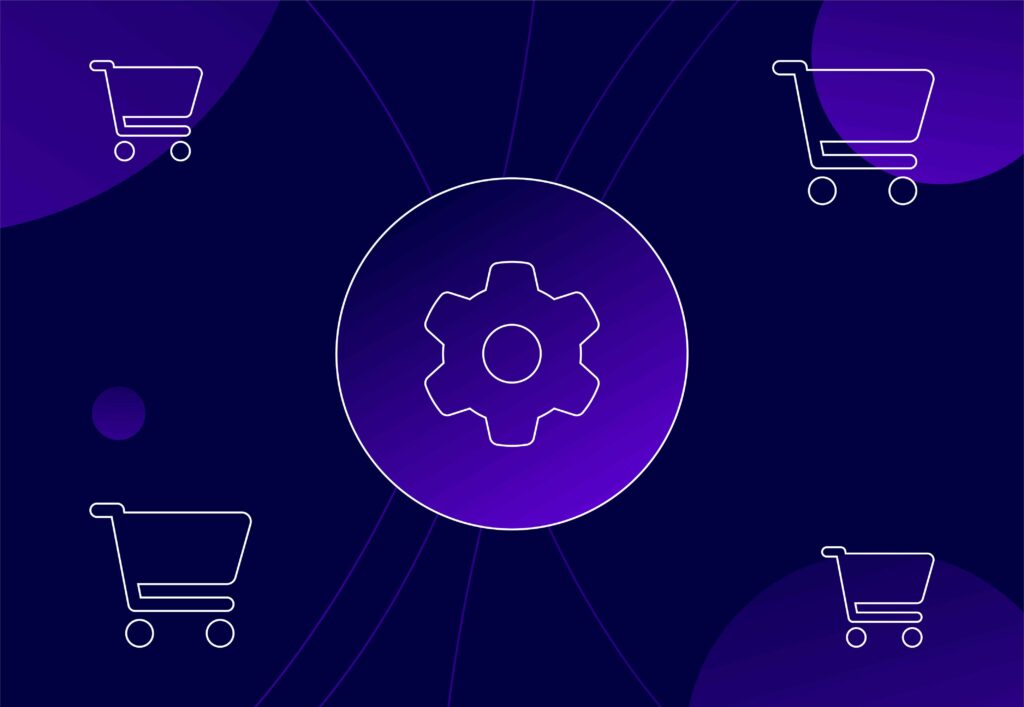
Taking the leap: working with larger businesses as a marketing agency

As a marketing agency grows, whether that’s in staff numbers, revenue, experience or service offering, often aspirations grow too, and thought turns to bagging a flagship client to take the agency to the next level. Sometimes this happens naturally, but often it’s the result of a carefully devised plan. In this blog, we’ll take a look at what you need to know to start making some waves.
Before we get into the how, first consider what would represent a big client for your agency; are you aiming for a particular retainer value? Is it a household name – an iconic brand that your team would love to get under the bonnet of (and, let’s face it, which you can use on marketing collateral to win future business – hey there, social proof). Or perhaps you’ve identified an industry on the cusp of a massive growth curve. For the purposes of this piece, we’ve focused on the goal being working with more established organisations with a larger budget than your agency may have previously encountered.
Don’t forget your marketing 101’s!
Working for a marketing organisation, you should (hopefully!) be au fait with many of the strategic marketing approaches used in customer acquisition, and appealing to new clients as an agency should be no different. The Segmentation, Targeting and Positioning model will help you to tease out what you should be doing to get in front of your dream client. There’s no one-size-fits all approach to list out what Brand X, Y or Z would love to see from an agency, so take a tailored approach. It might be that you already have a clear understanding of who your ideal client is, in which case top marks, and you can skip this bit.
Segmentation: define the segments of the market; is it predominantly e-commerce businesses, or lead generation? Do they operate regionally, nationally or internationally? What turnover should they have? Do their brand values align with yours?
Targeting: consider how you’d go about reaching your segments, and how commercially viable each one would be. For example, if you’ve never had experience in marketing a niche manufacturing business, you may de-prioritise this segment. Additionally, if a segment only contains a handful of brands who fit the criteria, it may not represent a big enough prize in which to invest your resources.
Positioning: once you know which segment(s) are most important to you, work on what your value proposition is to each segment. Perhaps you’ve built a bespoke shopping feed which makes you perfectly aligned to an e-commerce brand, or have expertise in entering the SERPs for a highly competitive industry. Positioning is also where you should consider which services fit best to particular segments. Do your research into your hit-list of companies – for example, if they already have a team of internal content writers, what does your agency bring to supplement this? Being able to identify one really strong service that fills a gap in the target’s strategy will always be better than trying to shoe-horn every service, where they might not be needed.
Know who you are
Related to the ‘positioning’ aspect above, have a crystal clear understanding of what your agency is all about. Larger, more well-known brands will have agencies throwing themselves at them left right and centre, so differentiation, or having “a thing” that you’re known for, is vital. A huge part of strategy is also knowing what NOT to do, too, so don’t nodding-dog your way into pitching a discipline which isn’t your strong point.
This strong sense of self will make your marketing communications much more impactful, and consistent, too, so when it comes to promoting your agency on LinkedIn, or launching an industry-specific campaign, there will be no confusion about what you can offer prospects. After all, if you can’t articulate what you do, how can you expect anyone else to understand?
Additionally, if your “thing” is being a smaller agency, don’t shy away from that. Small agencies can often offer things that the big names can’t, such as a more personal service, niche expertise, and agility to make campaign changes without the red tape.
Adjust your expectations
If you’ve been used to working with smaller clients, perhaps those without extensive internal marketing teams, or where the owner-operator is your key stakeholder, be prepared to work in a different way with a larger business. There will often be multiple layers of people to convince before a decision is made, meaning your pitch might have to appeal to varying stakeholders and their understanding of what you’re offering. The marketing manager will want to know about how you’ll work together, and might quiz your understanding of your craft, whereas the CFO wants to know what return they’ll get for the investment, or perhaps why the company should invest in marketing rather than another business unit. Again, it comes back to applying marketing first principles, and knowing your audience.
The sales cycle may be longer than you’ve experienced previously, too. Existing contracts, multi-level signoff processes and internal power struggles can all contribute to a decision taking more time than if you’re pitching to the sole decision maker.
Be prepared to answer questions about your own business. Larger enterprises need to complete their own due diligence before entering into a new relationship with a supplier; is the business financially stable? Are your data and information security processes compliant? What disaster recovery protocols do you have in place? These are all very standard questions as part of a request for proposals (RFP) process with a large organisation.
Take a balanced view
As with making any decision about pivoting a go-to-market strategy, think about the potential pitfalls as well as any upsides. Would taking on a large client affect your ability to maintain service levels for your existing client base? Is your team properly resourced to take on the additional work? And also weigh-up what your revenue spread looks like; would losing the client put the whole business at risk? If you’re unsure of the answers to these questions, take some time to reconsider whether this would be the right decision for your business.
The main takeaways from this blog should be that there’s no one-size-fits-all approach to working with larger clients (or even what a ‘large’ client looks like!). Matching your agency (e.g your product) to your target audience’s needs is the best place to start – and what could be more ‘marketing’ than that!




